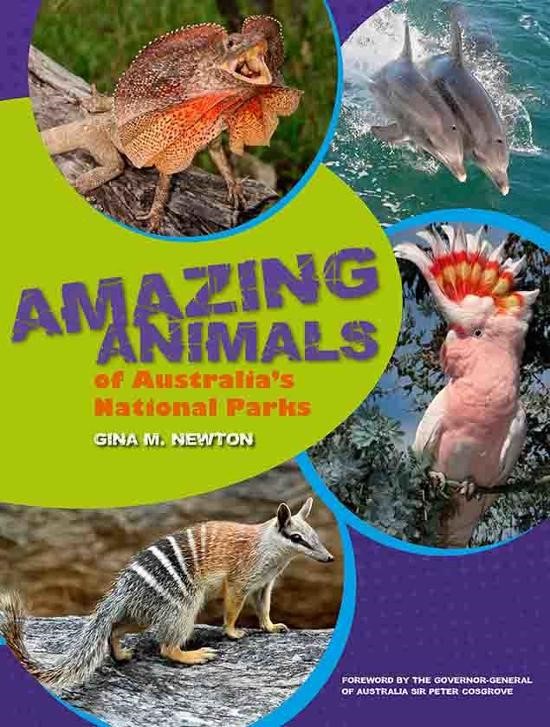The aim of a dictogloss is for a group of students to recreate a heard text by taking notes and pooling knowledge within a small group to reconstruct it in written form.
The group must compose a piece of writing that is close to the original; taking into consideration text type and organisation, grammar, tense, topic specific vocabulary and content (Gibbons, 2015).
This practice is particularly useful for EAL/D students because the talk during reconstruction supports their growing understanding of all of these elements (Gibbons, 2009; 2015).
When students work together to reconstruct a heard text they undertake to use:
- metalanguage: this is, a language to talk about language. As they are jointly constructing, students discuss the forms and rules they need to include to make meaning. For example, students might say:
- the sentence needs a capital letter
- that doesn’t make sense on its own, we need to add an independent clause
- start a new paragraph
- those ideas can be linked with a conjunction.
- content specific vocabulary contained within the heard text
- spelling strategies and rules. The use of a dictionary is encouraged.
- hypothesis formulation and testing. Students try out new language forms and structures such as:
- tense type (what tense do we write in?)
- what genre is it?
- how do we organise the content?
Procedure for introducing the dictogloss strategy
Amazing Animals of Australia's National Parks by Gina Newton, NLA Publishing, 2017
 1. Select a short text that reflects the work undertaken in the class
1. Select a short text that reflects the work undertaken in the class
For example, Information reports are the writing focus. Students are researching information on Australian animals so that they can write their own.
They are deconstructing texts to learn how information reports are organised. They are also learning about how noun groups condense information and description into sentences, timeless present tense is used and are usually written in third person (Wing Jan, 2009). An extract from the Sugar Glider (p.47) from the text Amazing Animals of Australia’s National Parks by Gina Newton is chosen as the mentor text.
2. The model text is read twice (or more)
Students listen carefully to the text the first time the teacher reads it at normal speed for overall meaning. The teacher reads the first two paragraphs which contain four sentences. Each sentence contains complex noun groups which has been a focus of recent teaching. The text is then reread but this time students are encouraged to take notes of key words and phrases.
Students would take particular note of classifying adjectives such as ‘nocturnal’ and ‘membranous’ skin. Key nouns which state where the possum lives such as: woodlands, rainforest and tree hollows will also need to be written down.
3. Text reconstruction with a partner or small group (approximately 20 minutes)
Students pool their notes after the reading. They discuss the genre and key organisational features such as headings. Tense is established (timeless present) and key vocabulary noted.
Group members reconstruct the text close to the original version as possible. During the co construction, opportunities for the use of metalanguage to direct the way the text is written will take place.
Sentences must be grammatically correct and include the facts contained in the original text. Students can consult dictionaries and other reference materials to assist their construction.
4. Analysis and correction
This can be undertaken in a number of ways. All groups can share their reconstructed versions or one example can be studied in greater depth and compared to the original to check for correct text organisation, tense, use of third person and content specific vocabulary.
e.g. As the recent focus in the class was on expanding noun groups, once the content of the reconstruction had been established and matched to the mentor text, a further emphasis on noun groups could occur. A sentence such as, ‘It has a black stripe from nose to mid-back and a long bushy tail, usually with a white tip’ could be further analysed to determine the two noun groups (a black stripe from nose to mid-back /a long bushy tail, usually with a white tip) joined by the conjunction ‘and’. Students can revisit their version and highlight the noun groups in their sentence as a comparison.
References
Gibbons, P. (2009). English Learners Academic Literacy and Thinking: Learning in the Challenge Zone. Portsmouth, NH: Heinemann.
Gibbons, P. (2015). Scaffolding Language Scaffolding Learning: Teaching English Language Learners in the Mainstream Classroom, (2nd Ed.). Portsmouth, NH: Heinemann.
Wajnryb, R. (1986). Grammar workout: The Dictogloss approach. Sydney: Melting Pot Press.
Wing Jan, L. (2009). Write Ways: Modelling Writing Forms (3rd Ed.).South Melbourne, Victoria: Oxford University Press.